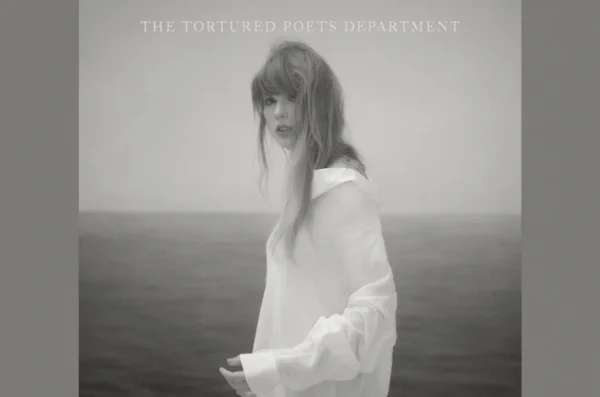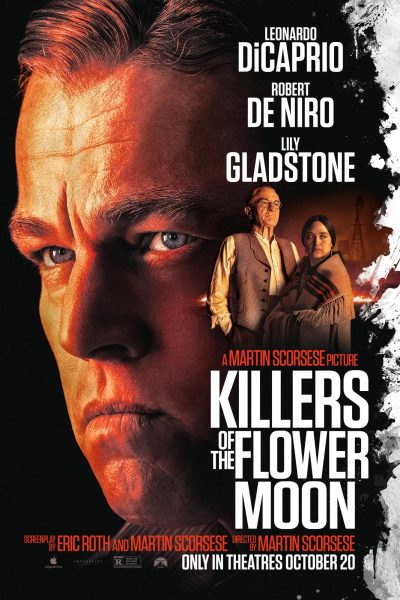Dark Artifices: An Analysis of Masterpiece
February 4, 2021
Dark Artifices
An Analysis of a masterpiece
Per usual with any Cassandra Clare book, I was going into this trilogy with immense expectations. As I am writing this review I have read 12 books written by her. Since each of her books are so different and diverse in tone and storytelling to the next, I had no idea what to expect in her newest installment to the Shadowhunter chronicle. But, after reading the Dark Artifices, it has shattered all my expectations and is by far my favorite trilogy I’ve read this year. Today I will be going over the themes, settings, and analyzing the characters in the Dark Artifices, to explain why this series is so good.
People can interpret these books in different ways, Cassandra gives enough information to make the story feel complete and most of our questions answered. But she left enough of the story open-ended so people could speculate and theorize about many of the plot points. Many people who might have just finished the Mortal Instrument might be going into this book expecting non-stop action, but in reality this book focuses heavily on relationships and can be viewed as a character study. This is reflected in the main themes that this trilogy explores, corruption and the consequences of one’s action. It inquires the questions, “How powerful is true love?” and “What is true evil?” It even tackles the famous thought experiment “how far one is willing to go to get what they want”. You can see this with the title of the trilogy being The Dark Artifices, a book that can be used to resurrect a dead loved one. Symbolizing absolute power corrupts absolute.
The questions above are answered sporadically throughout the story, and you have to pay close attention to the subtle clues that are sprinkled throughout in order to draw conclusions on the true meaning of the trilogy. Also the way the readers questions are answered in the Dark Artifices is different from other books, because while the plot is pretty linear and easy to follow it’s the underlying themes and allegories that are hard to recognize. This is because only ways to understand those are to analyze specific character actions and their behavior.
We start off with our main protagonist Emma Carstairs. She is one of the best written characters I had read about in a long time. The way her character behaves really encompasses the tones of these books. Emma is an audacious and reckless character, because she is willing to throw herself in danger to protect the ones she cares about. She knows what she wants and she gets what she wants. She is the character that adds the modern/trendy elements into this book, which makes the readers connect with her. Also her motivation/work ethic to be the finest shadowhunter in the world makes the readers admire her as someone who is determined and driven to reach a goal. Like most people she is not perfect, and sometimes makes mistakes. As a result some of the main conflicts are derived from her. It’s the pages where she slips up and makes mistakes that her themes in relation to the story(accepting reality) are truly defined.
Julian is another character that appealed to me in this book. He is a calm and collected character who thinks before doing anything. The dynamic between the reckless Emma and calculated Julian, makes for an enjoyable read. Also most of the conflict stems from Julian, when he makes impulsive mistakes. Something the lines blur for Julian between someone who is determined and someone who is ruthless. This is really highlighted in the Queen of Air and Darkness where he shuts off all his emotions. For me this is where we see the true Julian, where he doesn’t have any of his emotions to cloud his judgement. Here we see the underlying themes of identity being explored, as Julian’s family doesn’t recognize him without his emotions.
What makes these characters stand out to me from others books is what I like to call a reverse-arc. When the characters are presented to us, we only have a basic idea of their personality, and over the course of the books we gradually gain a better idea of what they are like as a person. It’s different from other books as we learn who the characters are as the book goes on. There is very little character development because it’s simply unnecessary. When all the characters fit into a pre-ordained role, why would they need to develop. I love how the author doesn’t tell you what the characters are like, you have to infer based on their behavior.
The way these books are written are fantastic, they feel like a more refined and fine tuned version of the mortal instrument which is something I thought I would never say. In those books the plot was wild and convoluted to read. So much went on in those books that you really got lost in the action and multiple drama plotlines. In this book however it cuts all of that out, the plot is more linear and akin to most contemporary books written nowadays. It’s more “clean” and creates a pleasant reading experience as you only have to follow one or two plotlines.
Although the world building aspect in these books are toned down a bit, it’s still really good. Though it didn’t really match the level of the Mortal Instrument or even Infernal Devices. The idea of the L.A institute really appealed to me, it really makes the book feel more modern when it takes place in such a trendy/popular location. I also liked how the main protagonist Emma Carstairs knows about the Shadow world already, and it cuts out a lot of unnecessary expository dialogue that was present in the mortal instrument and infernal devices. Also something else to complement was how we spent more time in Fairie in this series. Before we didn’t really know too much about where the Faerie lived and these books remedied that. This book didn’t really add anything more to the winning formula of world building presented in the other books, but it’s still serviceable.
The Dark Artifices is one of the memorable book trilogy I have read in a long time. Cassandra Clare remedies many of the issues that held back the mortal instrument from being great. With the addition of notable characters that rivaled even that of the original series and a plot that had me engaged throughout the book, it’s shaping up to be one of the best books I’ve done a review on so far. Although it was lacking in the world building department, it made up for that by leaving many of the themes and messages open for alternate interpretation. For all the reasons listed above, that is why The Dark Artifice trilogy is a masterpiece.









